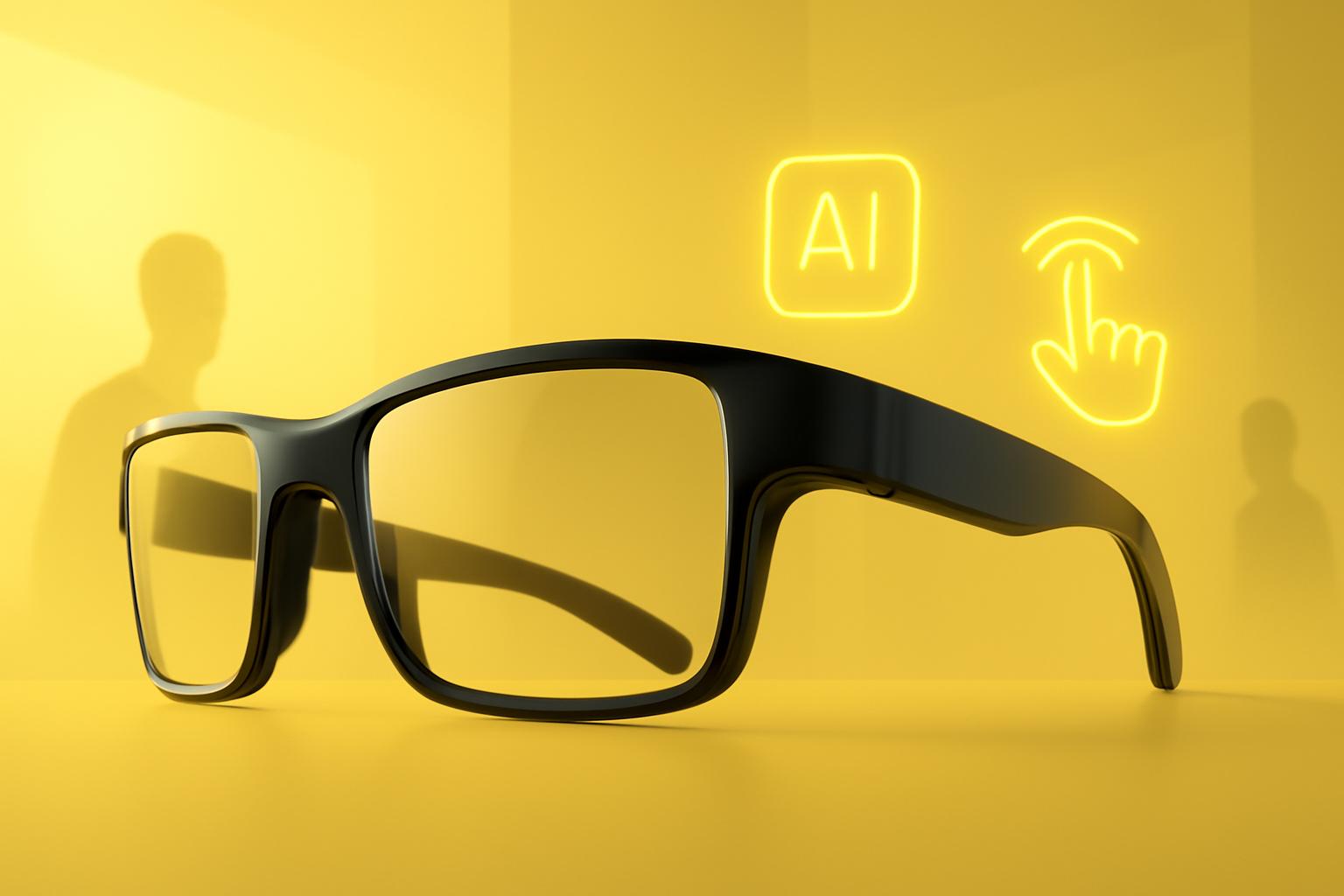Meta Unveils Hypernova AI-Powered Smart Glasses at Connect 2025
At its annual Meta Connect event held at the company’s Menlo Park headquarters, Meta CEO Mark Zuckerberg showcased the company’s latest innovation in augmented reality wearables: the Hypernova smart glasses. This new device marks a strategic pivot from Meta’s earlier focus on virtual reality (VR) toward more consumer-friendly smart glasses incorporating artificial intelligence (AI).
From VR to AR: Meta’s Shift in Strategy
Meta has invested billions into virtual reality technology with limited consumer traction. The company’s Reality Labs division, which develops hardware such as VR headsets and smart glasses, reported a staggering operating loss of $4.53 billion in Q2 2025, contributing to cumulative losses nearing $70 billion since late 2020. Despite these setbacks, Meta is betting on smart glasses as the next frontier in personal computing.
Introducing Hypernova: Features and Collaboration
Hypernova represents Meta’s most advanced smart glasses to date. Priced at approximately $800, the device integrates a small display controlled by hand gestures via a neural technology-enabled wristband. This innovation builds on Meta’s partnership with EssilorLuxottica, which produced the Ray-Ban Meta smart glasses in 2023 and the Oakley Meta HSTN glasses unveiled earlier this year. These predecessors feature cameras, speakers, microphones, and a Meta AI voice assistant capable of capturing photos, recording videos, and playing music.
Balancing Innovation and Market Viability
While Hypernova offers a more sophisticated display than prior models, it serves as a midpoint between the Ray-Ban Meta glasses and the experimental Orion AR glasses introduced at last year’s Connect event. The Orion glasses, paired with a wireless computing “puck,” project interactive 3D visuals onto the real world but remain experimental and costly to produce at scale.
Industry analysts view Hypernova’s single display as a practical step toward building a sustainable ecosystem of AR applications. Leo Gebbie, director at CCS Insight, highlighted the opportunity for Meta to establish a new product category given the strong sales growth of Ray-Ban Meta glasses, which more than tripled year-over-year according to EssilorLuxottica’s recent earnings report.
AI Integration and Competitive Landscape
Meta’s recent $14.3 billion investment in Scale AI signals its commitment to embedding AI capabilities into its hardware lineup. Analysts suggest that smart glasses could become an optimal device for AI-driven interactions, potentially surpassing smartphones as portals for AI applications if integration is executed effectively.
However, challenges remain. Meta must foster a robust developer ecosystem to create compelling applications that attract consumers. The $800 price point for Hypernova is notably higher than the starting price of $299 for Ray-Ban Meta glasses, potentially limiting mass adoption. Internal expectations for Hypernova sales are reportedly modest, though Meta aims for the launch to generate significant market interest.
Meanwhile, competition intensifies as Apple and Google pursue their own smart glasses initiatives. Apple is rumored to be developing a similar product, while Google recently announced a $150 million collaboration with Warby Parker to develop smart glasses. Bank of America Securities analyst Justin Post notes that Meta currently leads in smart glasses innovation but faces the challenge of leveraging its platform to sustain consumer demand.
Outlook
Meta’s Hypernova launch signals a critical juncture in the evolution of wearable technology, blending AI and AR to redefine personal computing. Success will depend on consumer acceptance, developer support, and competitive positioning against tech giants. The smart glasses market remains nascent, with significant uncertainties about long-term adoption and profitability.
FinOracleAI — Market View
Meta’s unveiling of the Hypernova smart glasses marks a strategic shift toward augmented reality wearables integrated with AI, aiming to capitalize on growing consumer interest beyond virtual reality. The high price and nascent app ecosystem pose adoption risks, while intense competition from Apple and Google could limit Meta’s market share. Investors should monitor initial consumer response, sales performance, and developer engagement as key indicators of the product’s potential success.
Impact: neutral













